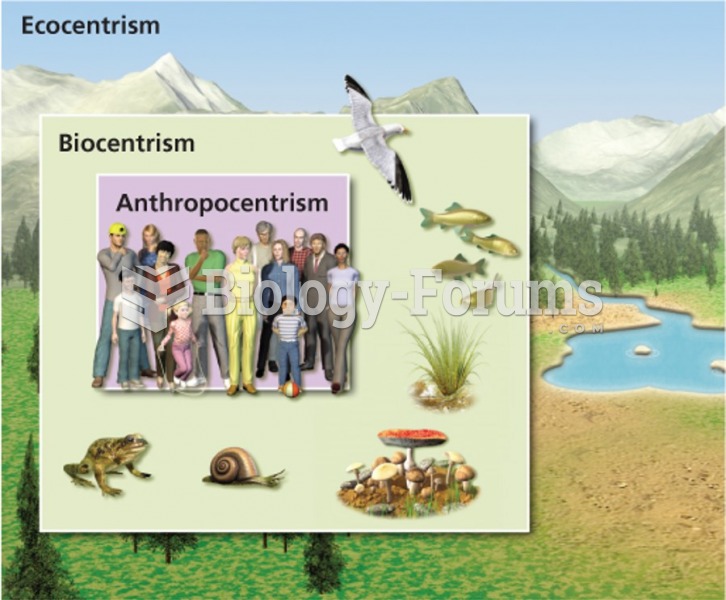Answer to Question 1
1. (See Solution Exhibit 9- 39). If Topman uses the rate based on its master budget capacity utilization to allocate fixed costs in 2014, it would allocate 740,000 1.85 = 1,369,000. Budgeted fixed costs are 1,517,000. Therefore, the production volume variance = 1,517,000 1,369,000 = 148,000 U. An unfavorable production volume variance will reduce operating income by this amount. (Note: in this business, there are no inventories. All variances are written off to cost of goods sold).
2. Hospitals are charged a budgeted variable cost rate and allocated budgeted fixed costs. By overestimating budgeted meal counts, the denominator-level is larger; hence, the amount charged to individual hospitals is lower. Consider 2015 where the budgeted fixed cost rate is computed as follows:
1,517,000/820,000 meals = 1.85 per meal.
If in fact, the hospital administrators had better estimated and revealed their true demand (say, 740,000 meals), the allocated fixed cost per meal would have been
1,517,000/740,000 meals = 2.05 per meal, 10.8 higher than the 1.85 per meal.
Hence, by deliberately overstating budgeted meal count, hospitals are able to reduce the price charged by Topman for each meal. In this scheme, Topman bears the downside risk of demand overestimates.
3. Evidence that could be collected include:
(a) Budgeted meal-count estimates and actual meal-count figures each year for each hospital controller. Over an extended time period, there should be a sizable number of both underestimates and overestimates. Controllers could be ranked on both their percentage of overestimation and the frequency of their overestimation.
(b) Look at the underlying demand estimates by patients at individual hospitals. Each hospital controller has other factors (such as hiring of nurses) that give insight into their expectations of future meal-count demands. If these factors are inconsistent with the meal-count demand figures provided to the central food-catering facility, explanations should be sought.
4. (a) Highlight the importance of a corporate culture of honesty and openness. Cayzer could institute a Code of Ethics that highlights the upside of individual hospitals providing honest estimates of demand (and the penalties for those who do not).
(b) Have individual hospitals contract in advance for their budgeted meal count. Unused amounts would be charged to each hospital at the end of the accounting period. This approach puts a penalty on hospital administrators who overestimate demand.
(c) Use an incentive scheme that has an explicit component for meal-count forecasting accuracy. Each meal-count forecasting error would reduce the bonus by some amount, say 0.05. Thus, if a hospital bids for 292,000 meals and actually uses 200,000 meals, its bonus would be reduced by 0.05 (292,000 200,000) = 4,600.
Answer to Question 2
e







